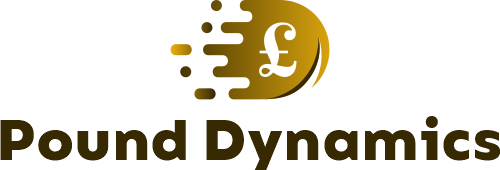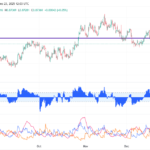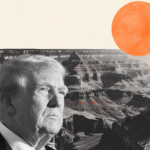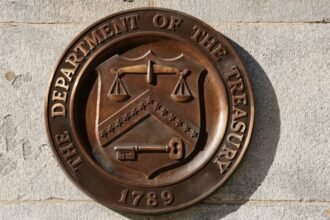The price of gold has smashed through a record US$4,000 per ounce, but one country’s central bank is bucking the trend when it comes to holding bullion as a reserve asset — Canada.
The Bank of Canada once held an estimated 1,023 tonnes of gold, according to historical news reports, but it sold its last coins in 2016.
At today’s prices, 1,023 tonnes of gold would be worth more than US$132.4 billion, which would exceed the approximately US$126.5 billion in foreign currency reserves Canada held in October.
But that doesn’t mean selling gold, which took place as a formal Bank of Canada policy in 1980 and continued over a period of decades, was the wrong thing to do.
“It definitely made financial sense back then,” said Jeffrey Christian, managing director of the CPM Group, a precious metals and commodities research company, “and probably over the long arc of history, it was the right thing to do.”
He said it costs money to securely store and transport gold, and it does not pay interest.
Christian also said Canada was far from alone in selling down its gold reserves, which he characterized as the “common wisdom” among central banks in the 1970s, after the United States eliminated the gold standard in 1971, which allowed anyone to exchange an ounce of gold for US$35.
Timothy Lane, then-deputy governor of the Bank of Canada, said in a 2019 speech that U.S. Treasuries and other foreign currencies were considered more liquid and they paid interest.
“While these assets may not have the reassuring physical heft of a gold bar, we believe they are better suited to the purposes for which we hold reserves,” he said.
Central banks hold reserves for many reasons, including as a form of “self-insurance” in case of an economic crisis, to maintain currency stability and/or to provide liquidity for international payments.
But Lane said Canada uses its foreign currency reserves mainly “as a precaution” against extreme tail events.
“Canada’s foreign exchange reserves stand out for their relatively modest size and their stability,” he said.
In 2019, the Bank of Canada’s reserves were valued at about US$85 billion, or around five per cent of gross domestic product (GDP), compared to a 10-year average of about 13 per cent of GDP in other similar advanced economies, according to Lane’s speech.
Nonetheless, Canada’s comparatively lower reserves were adequate because the Bank of Canada no longer used them to stabilize the value of the Canadian dollar.
He also said Canada only adopted a formal policy of selling its gold in 1980, which was long after many news reports said gold reserves reached their peak of 1,023 tonnes in 1965.





















